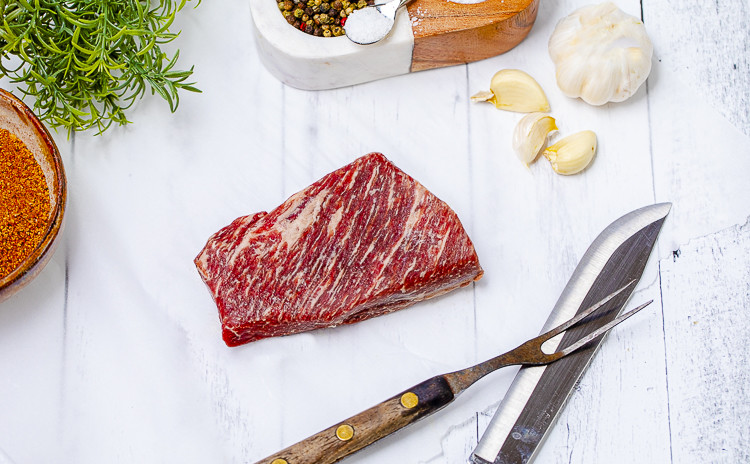The Brisket
posted on
January 16, 2024

Brisket
The brisket is the essential cut of beef you love to grill, smoke, or compete with. Do you know how the brisket became so popular?
History
This now popular primal cut started as a Jewish cuisine. With-in the Ashkenazi Jewish community in Central and Eastern Europe. It's cooked at the celebrations of Rosh Hashanah, Passover, Hanukkah, and Shabbat.
This cut is kosher because of its location from the breast, lower chest, or pectorals of the cow, located in the front above the front legs, below the chuck. Since this cut is tough, muscular, and has many connective tissues, it made this a very reasonable cut of beef. Families learned to marinate the cut for long periods of time and let it slowly cook over low heat. Jewish people brought their culture and recipes when they fled to the United States. As they settled in Texas, ranchers and Jewish immigrants worked together to create a new smoking process.
From the 20th century, the smoked brisket became a staple. In 1950, when a restaurant exclusively offered brisket, this cut took off and gained its popularity. Boneless brisket has been the most popular meat purchase since the 1970s.
As brisket became popular in the United States, it was cooked worldwide, including in Vietnam, Korea, Pakistan, Italy, and more. Each country has its tradition of cooking and enjoying the brisket in its own way. In the US, brisket is now most commonly known and enjoyed by all who smoke meat.
Cuts
The brisket is a primal cut. Brisket can be purchased whole/ packer brisket, point, flat or deckle.
Beef Brisket Whole, Boneless- Flat and Point pectorals
Beef Brisket Flat Half, Boneless -deep pectoral
Other names: Middle Cut, Center Cut, Front Cut, Nose Cut, First Cut
Beef Brisket Point Half, Boneless - superficial pectoral
Other names: Second Cut, Deckle cut
Ethnic cuts
Beef Brisket Deckle-Style Strips, Boneless
The deckle is the hard fat cap and intercostal meat on the briskets inside surface, separating the two sections.
Cooking Methods
Cured -Corned Beef or Pastrami (See below for the differences)
Smoked
Braised
Barbecued
Pot Roast - slow cooking
Pot Roast Sandwiches
Burnt Ends
Brisket is delicious and cut thin for hearty stew, noodle soups, and barbecue sandwiches.
How to cook a brisket
How to Cook Brisket (foodandwine.com)
How to Cook Brisket 4 Ways for Flavorful, Tender Meat Every Time | McCormick
Share your favorite Brisket recipe with us. We would love to try it!
Difference between Corned Beef and Pastrami
- Corned beef is made from beef brisket that’s brined in salt and pickling spices (like bay leaves, mustard seeds, and peppercorns) and then boiled.
- Pastrami is made from one of several cuts of beef, including brisket or the navel or deckle cuts. After being brined and boiled, pastrami is then rubbed with a mix of spices before being cooked again, often smoked for a day or more, and finally steamed before serving.




